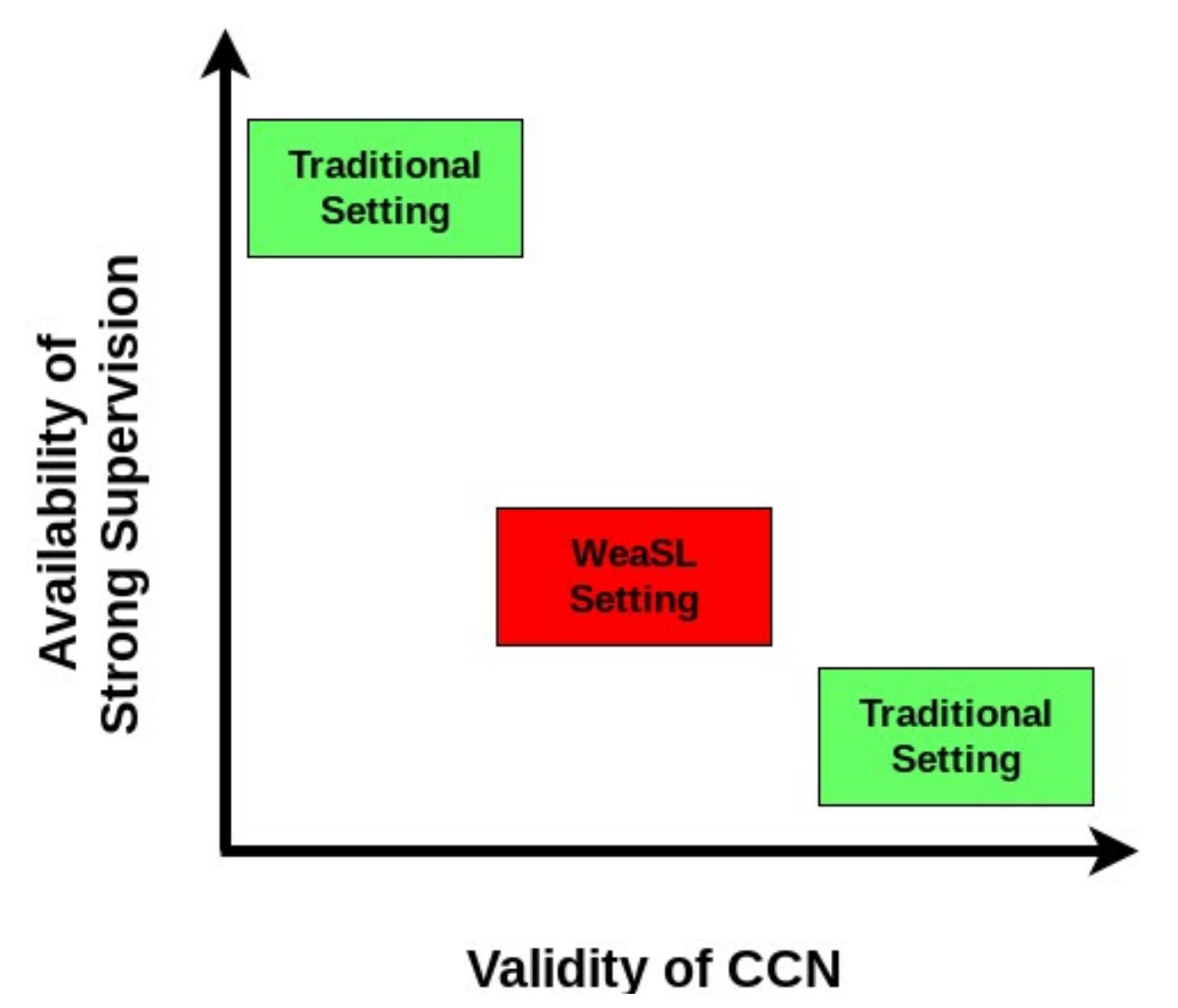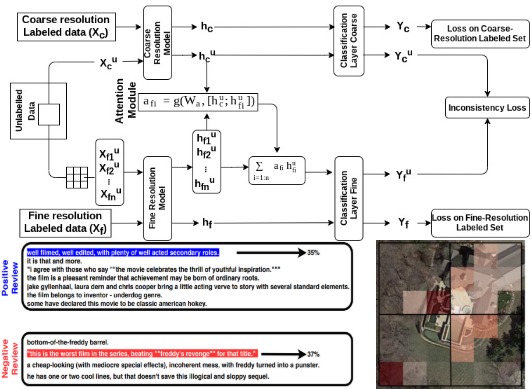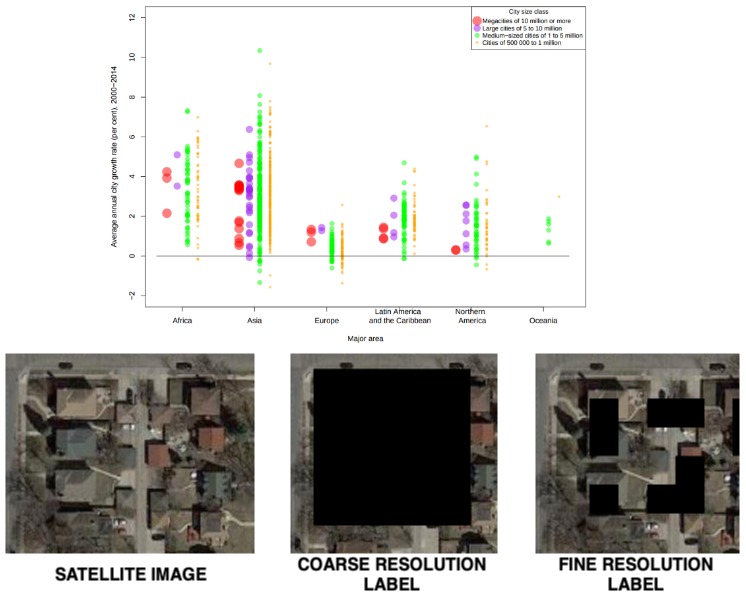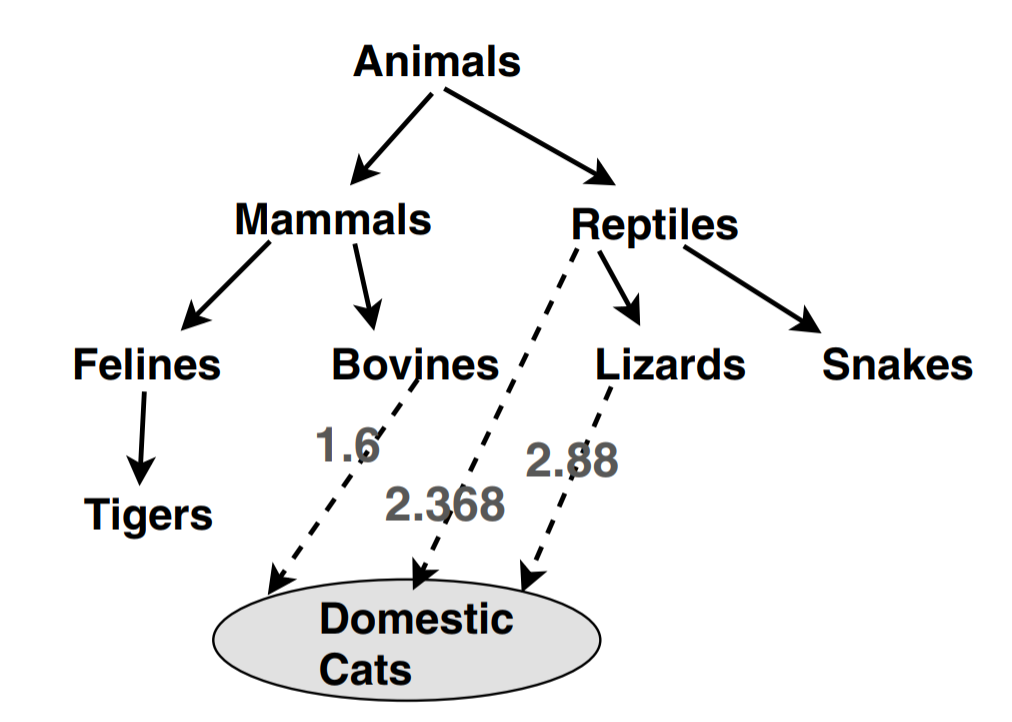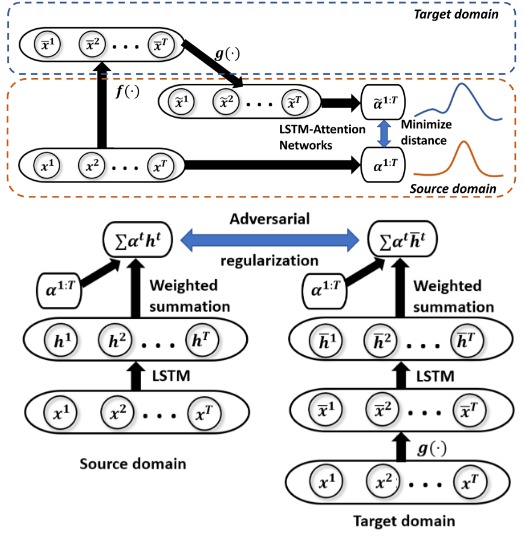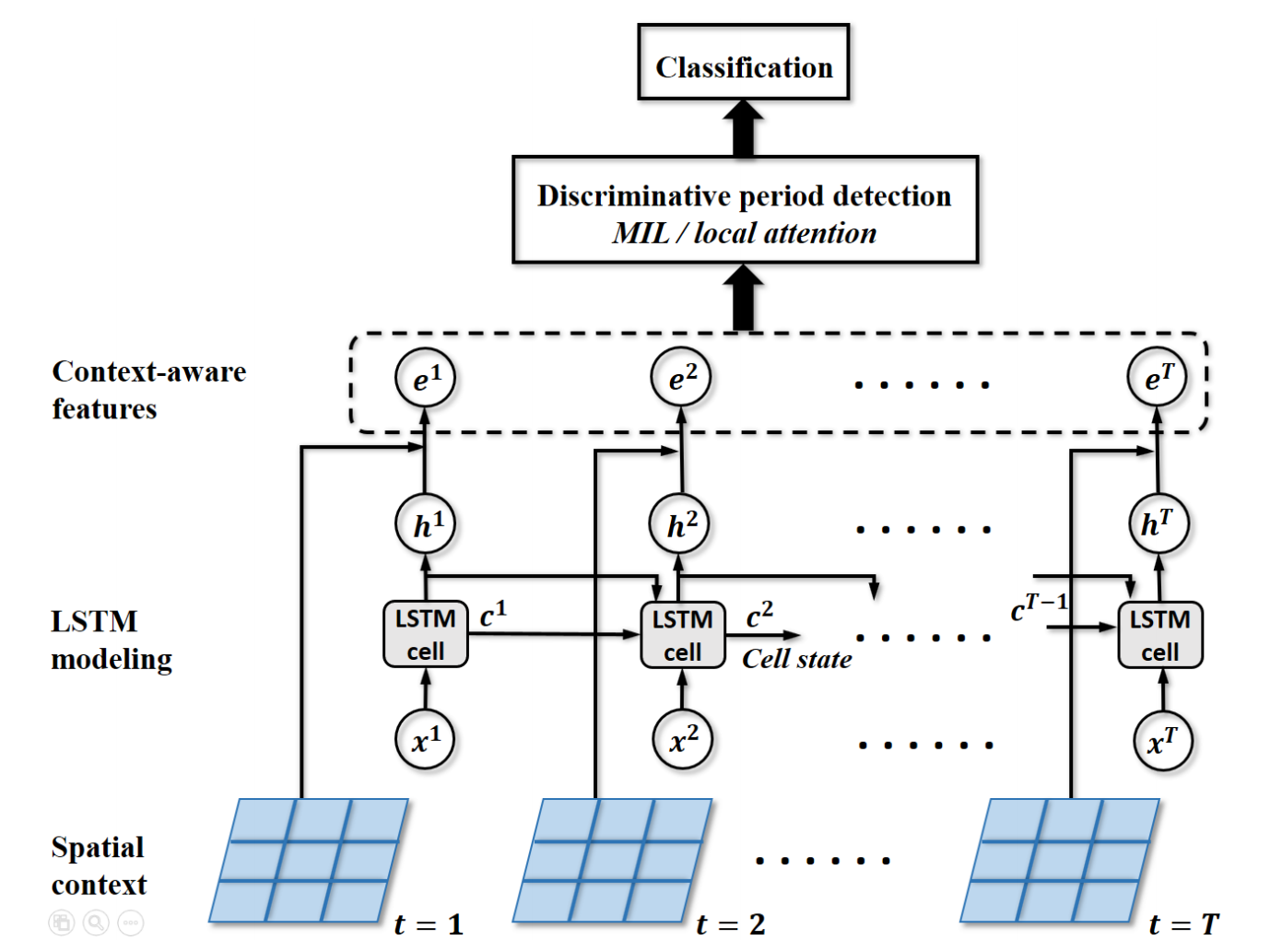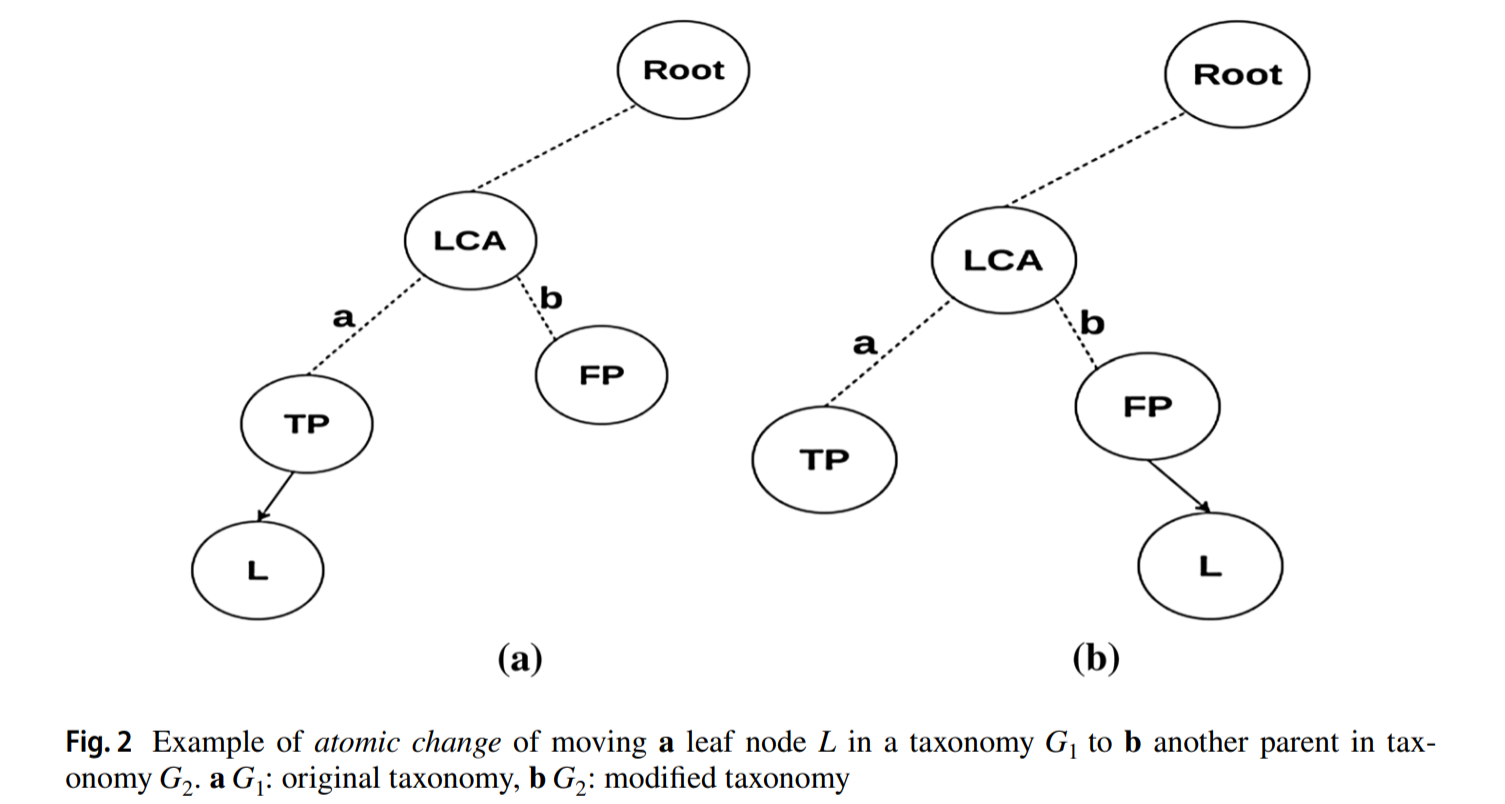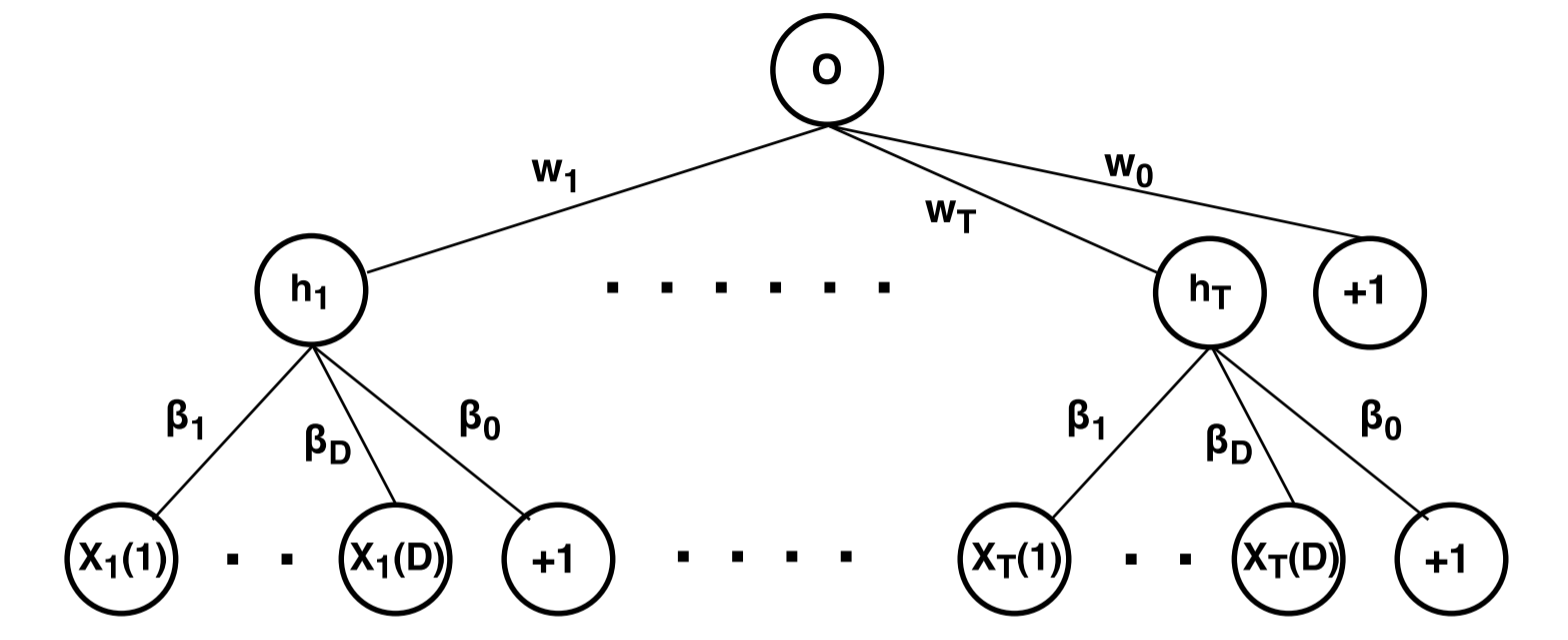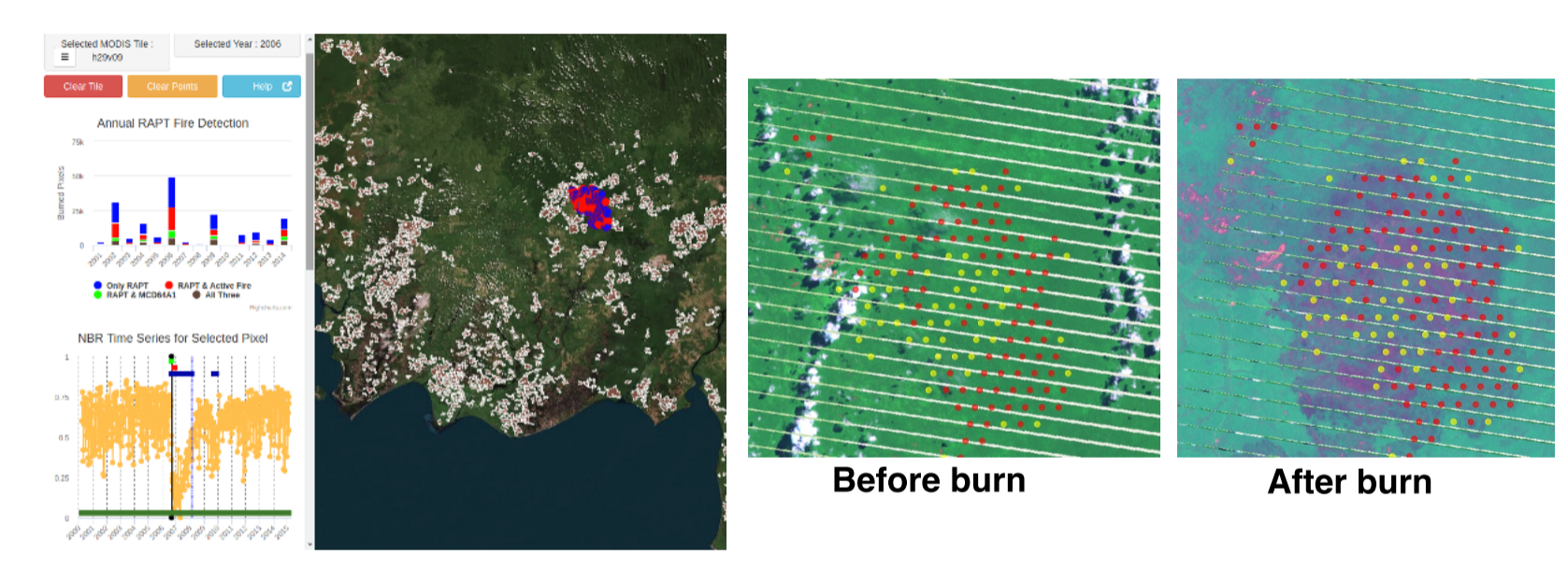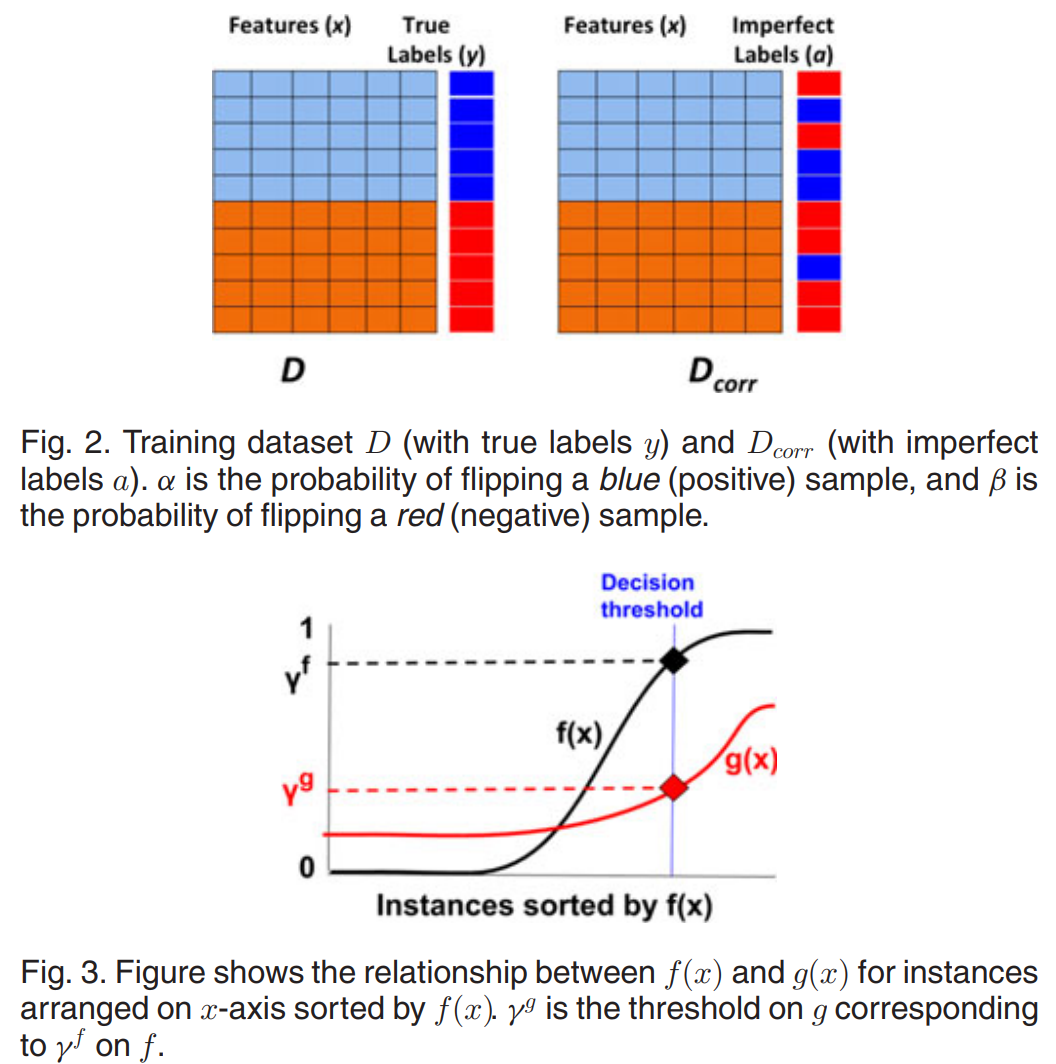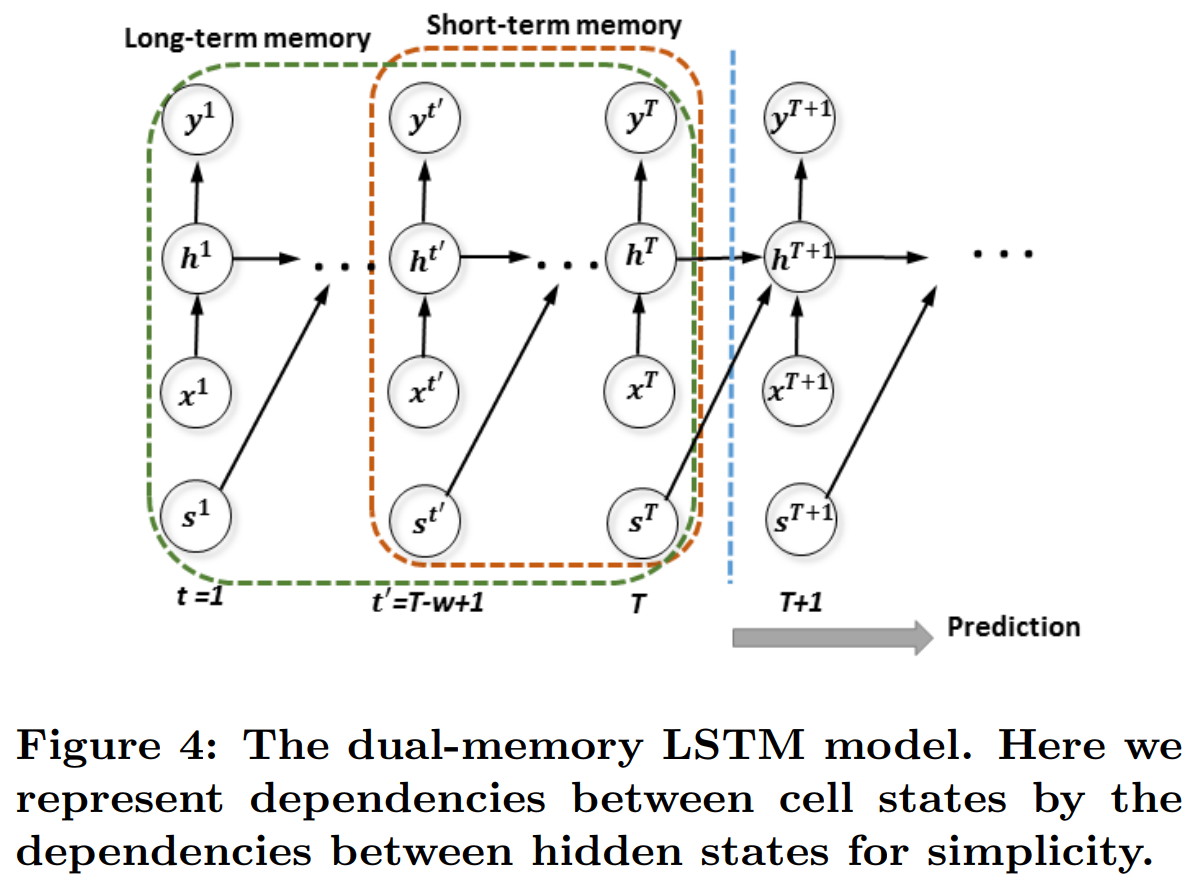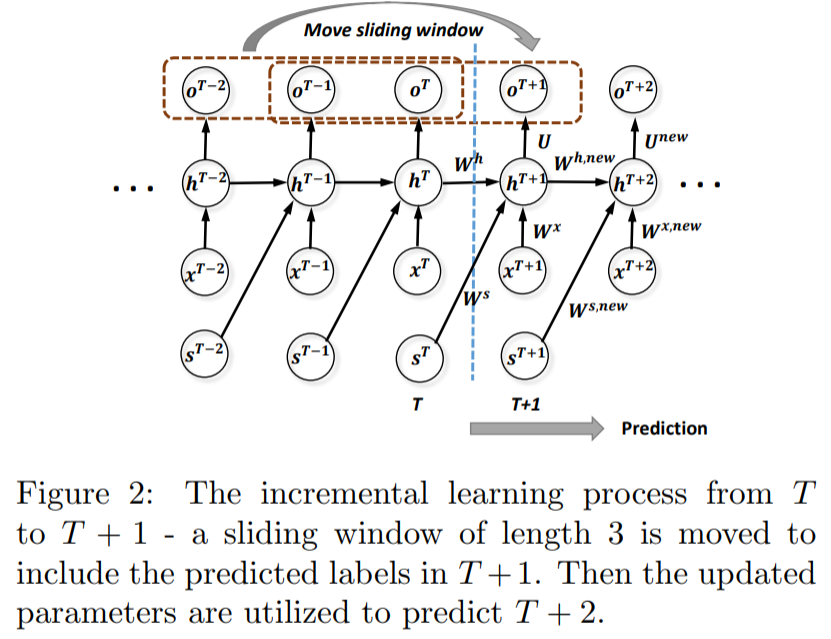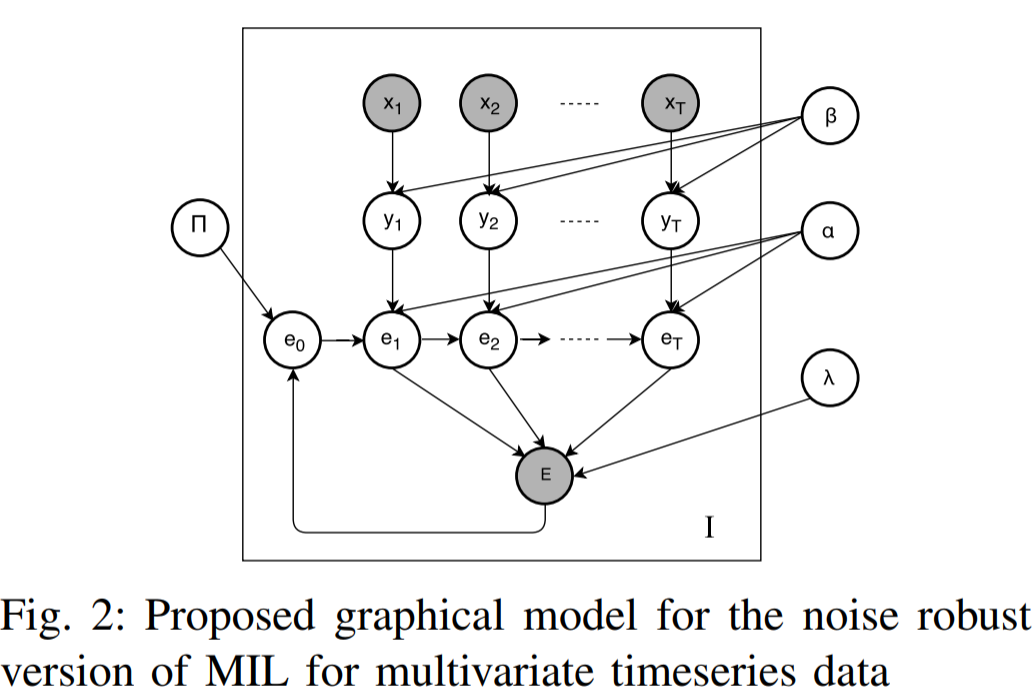|
I am an Applied Scientist at Amazon Web Services (AWS) where I work on building Automated Machine Learning (AutoML) on AWS Sagemaker. Before joining AWS, I spent over 2 years at A9/Amazon advertising, where I worked in the Inventory Forecasting Systems group. Before joining Amazon, I earned a PhD in Computer Science from the University of Minnesota (UMN) where I was advised by Prof. Vipin Kumar (ACM SIGKDD 2012 Innovation Award winner and author of "Introduction to Data Mining"). Prior to that, I received my Bachelors degree in Computer Science and Engineering from Indian Institute of Technology Kanpur (IITK) in 2013. At UMN, I was part of a 5-year $10M Expeditions in Computing project to understand climate change from data. My doctoral research focused on advancing traditional machine learning algorithms to use weak supervision for addressing the problem of not having adequate labeled samples for training supervised learning models. To know more about my research at UMN and elsewhere, please take a look at some of my peer-reviewed articles listed below. email | linkedin | google scholar | CV | Thesis nayak013 AT alumni DOT umn DOT edu |
 |

